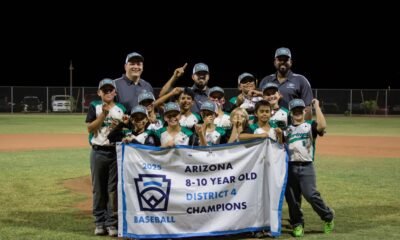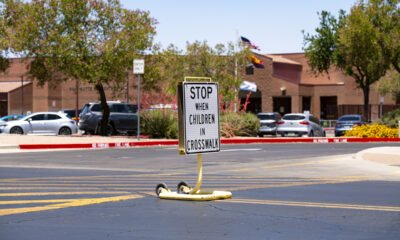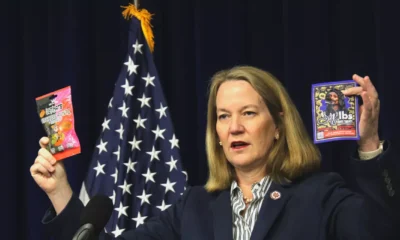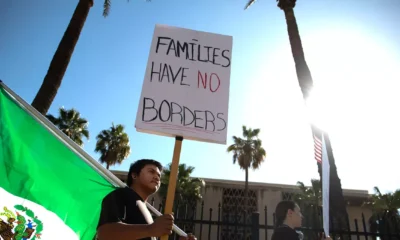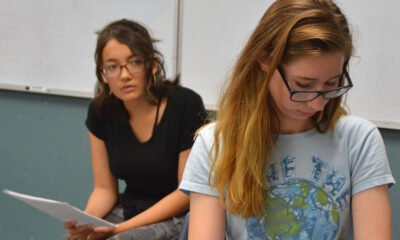Business
Decline of Tribal Participation Marks a Shift in Arizona’s Native American Rodeo at the State Fair

The Arizona State Fair, a cherished event with roots tracing back to 1884, remains one of the largest fairs in the United States. Drawing over 1.4 million visitors in 2023, it has become a significant cultural gathering for Arizonans and beyond.
Central to the fair is the Native American Rodeo, a feature that highlights the rich heritage and contributions of Indigenous communities. Despite its popularity, concerns have surfaced regarding the engagement of these communities in various aspects of the rodeo. Jerry Honeycutt, a third-generation stock contractor with Honeycutt Rodeo Company, emphasizes the need to reconnect with Native culture that has diminished over time. His family has provided livestock for the rodeo for decades, dating back to the late 1950s.
Honeycutt Rodeo, based in Alamosa, Colorado, serves as the sole stock contractor for this event, managing everything from the dirt layout to the bull selection. However, the company is not Indigenous-led, leading to discussions about the authenticity of the rodeo’s representation of Native culture. In 2022, the Arizona Native American Rodeo Committee (AZNAR) participated in the rodeo’s organization, yet the committee’s exact contributions remain unclear.
A bill aimed at solidifying the involvement of a five-member tribal committee in overseeing the rodeo was introduced in the Arizona Senate in February 2023 but ultimately failed to progress. The absence of the AZNAR in recent events has raised questions about the representation of Indigenous culture in the rodeo.
Past editions of the rodeo featured Indigenous dancers and performers, enriching the cultural experience for attendees. “We used to have all kinds of Native dancers, that was pretty cool,” noted Honeycutt, reflecting on how these elements faded alongside the committee’s involvement. The Arizona State Fair and relevant stakeholders did not respond to inquiries regarding the committee’s disbandment.
The rodeo traditionally includes Indigenous pageantry, merging rodeo competition with beauty pageants. Contestants showcase horsemanship, language, and traditional skills, with winners often becoming representatives for their tribal nations. Although the Native American Rodeo has not held its own pageant, it has welcomed Indigenous queens and princesses in the past.
Participants like Destinee Bigman, a local competitor, advocate for increased visibility of Indigenous practices within the rodeo. She highlighted the importance of family participation and expressed hope that more Indigenous stock contractors could become involved. Current rodeo events range from bareback riding to team roping, with prizes totaling $16,000 for various categories.
Competitors like Dennison Boone, last year’s team roping champion at the Indian National Finals Rodeo (INFR), and Montana Barlow, who holds a long-standing ranching legacy, appreciate the community support offered by the rodeo. Boone believes the event could attract larger crowds if more tribes participated, enhancing the cultural exchange and unity. Barlow echoed this sentiment, commending Honeycutt Rodeo Company for their longstanding dedication to the event and community.
Despite some disappointments regarding lost traditions, the Native American Rodeo serves as a vital venue for showcasing Indigenous cultures during the Arizona State Fair. “We all got one purpose. We need to come together,” Honeycutt remarked, underscoring the significance of unity within the rodeo community.
